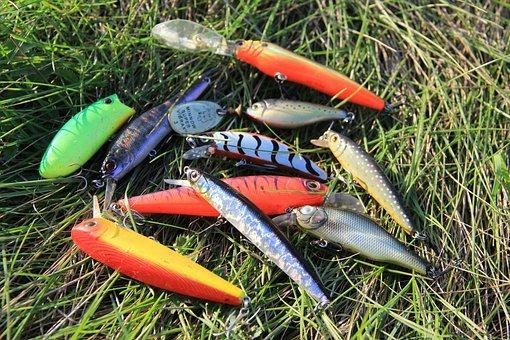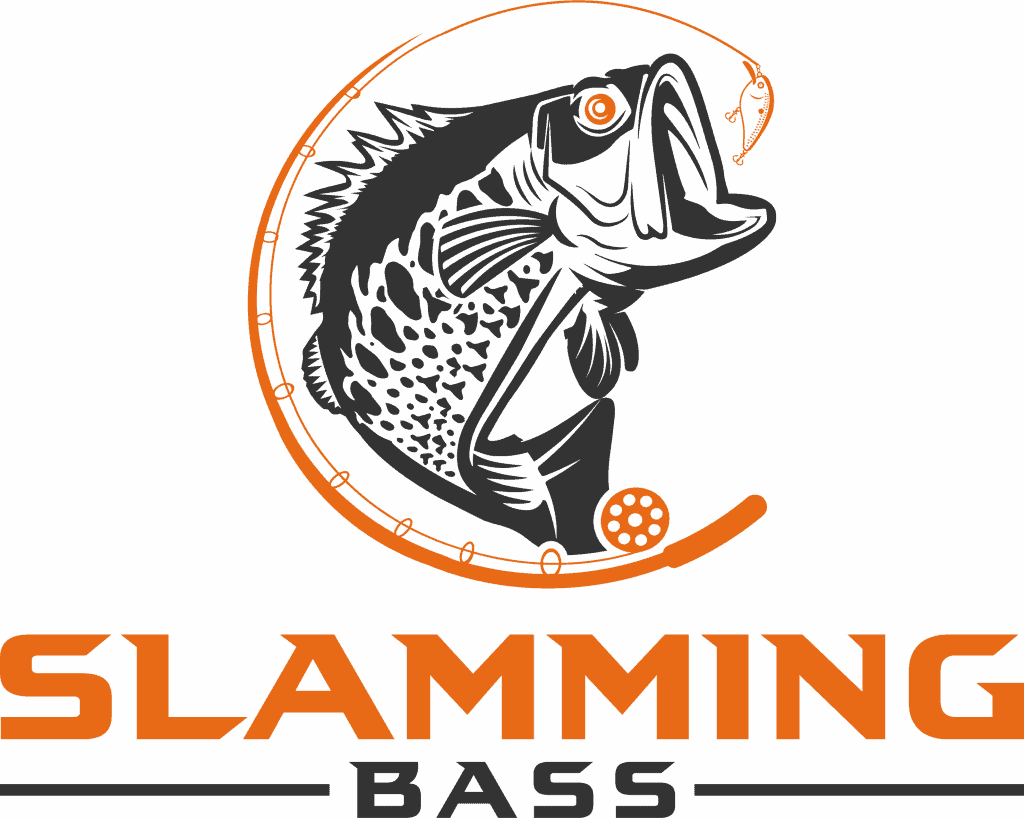How To Fish A Lipless Crankbait Secrets Revealed With Brian Latimer
Make the Most Out of your Bass fishing with a Lipless Crankbait
Bass fishing is fun and most will agree—well, at least for most anglers who have actually caught one. If you haven’t tried it yet, you might want to try bass fishing out because targeting bass can really be relaxing (as fishing in the middle of a peaceful lake would be) and gratifying. Not that they’re easy to catch, though, because it can be complicated.
Heck, you can even fish all day and not even get a single bite. That is, of course, if you have no idea when, where, and how to catch them. But when you get all the basics of the sport, you will definitely be hooked (pun intended!) like most of us.

Bass Fishing: A Quick Rundown
Knowing how to fish for bass all boils down to three important factors.
When To Fish For Them
The answer to the first one is pretty straightforward as bass, like most freshwater fish, tend to be more active most of the day during warmer seasons. Yes, you can still go bass fishing in the wintertime but they’d feed sparingly and would actively hunt on midday when the sun is over your head.
Where To Fish For Them
As for the second one, the short answer you would always hear among experienced bass fishers would be near or within cover or structure. This means you can find them near or on stumps, docks, fallen trees, brush piles, and vegetation at the bottom of the lake.
How Do You Get Them To Bite
As for the last one, I think it’s better to ask the question: What do bass eat? Pretty much anything that moves actually. Yes, bass are pretty voracious predators and they’d try to gulp down whatever they could find moving at the bottom including shad, minnows, panfish, and other creatures like frogs and salamanders; and yes, even the ones swimming on the surface like small birds, mice, ducks, and snakes.
This may not seem to answer the question of how will you get them to bite, right? Well, the devil is in the details. They would eat anything that MOVES—especially if your bait MOVES like their favorite meal, which is typically small fish like shad and minnow.
Given this info, what type of bait or lure would you need to get a bass to bite? The truth is, you can use pretty much anything available on the tackle store shelves. However, to get them to bite hard without hesitation, the best lure to use are those that can mimic a small fish darting through the water. And the best options for this are lipless crankbaits.
This brings to the our main question. How to fish a lipless crankbait?
What are Lipless Crankbaits?
Well, there are two types of crankbaits actually—those that are “lipped” and those that are “lipless.” Although a lipped crankbait can also be an effective bass catcher, the lipless option can make it easier for you to get them to bite. That’s because lipless crankbaits can imitate shad and minnow a lot more convincingly as its flat shape allows the lure to wiggle tightly, thus looking more like a fleeing fish as compared to the fatter lipped one’s wider wobbly motions. Lipless crankbaits are also sometimes called rattle baits because they contain metal BBs inside them and these make a loud noise when they move, thus, attracting bass more effectively.
Furthermore, the flat shape of lipless crankbaits makes it easier for anglers to maneuver the bait along underwater vegetation, which, as earlier mentioned, is the fish’s preferred habitat. Lastly, lipless crankbaits are more versatile as you can use them at any depth due to their sinking nature.
How To Fish A Lipless Crankbait More Effectively to Catch More Bass?
The trick to fishing with a lipless crankbait more effectively is actually quite simple—by doing the “yoyo” retrieving and dragging technique. Just cast it out there and let the crankbait sink to the bottom. As soon as you feel the bait hitting the bottom, start retrieving slowly. After a few rotations on your reel, let the bait sink then retrieve again. Do the pulling and falling motion (like a yoyo) several times and then try dragging the bait across the bottom then yank your rod upwards.
These motions would help in making the lipless crankbait look like a shad or minnow darting to and fro across the water. Aside from mimicking a small fish, this technique will also help clear your crankbait of whatever debris it might have picked up from dragging it across a vegetated bottom.
As soon as you feel a slight nibble, crank your reel up as fast as you can to mimic a fleeing fish. This will make the bass go after your bait and bite harder, which, of course, would result in the hook embedding to the fish’s mouth deeper.
What Gear Will Work Best with Lipless Crankbaits for Bass Fishing?
If you’re going to be bass fishing with a lipless crankbait, choosing the right equipment that will work well with the crankbait is just as important. For the rod, any baitcasting medium-heavy rod that is 7 feet long (or longer) will help get that leverage needed for the yoyo-ing and yanking technique. A high-speed reel (of at least a 6.1:1 ratio) is also necessary for you to be able to retrieve faster.
As for the line, you would have to equip yourself with a 12- to 20-pound-test fluorocarbon line because not only will you need a tougher line that could handle the abuse of dragging it in highly vegetated areas, it’s low stretch capability allows for better control and maneuverability.

